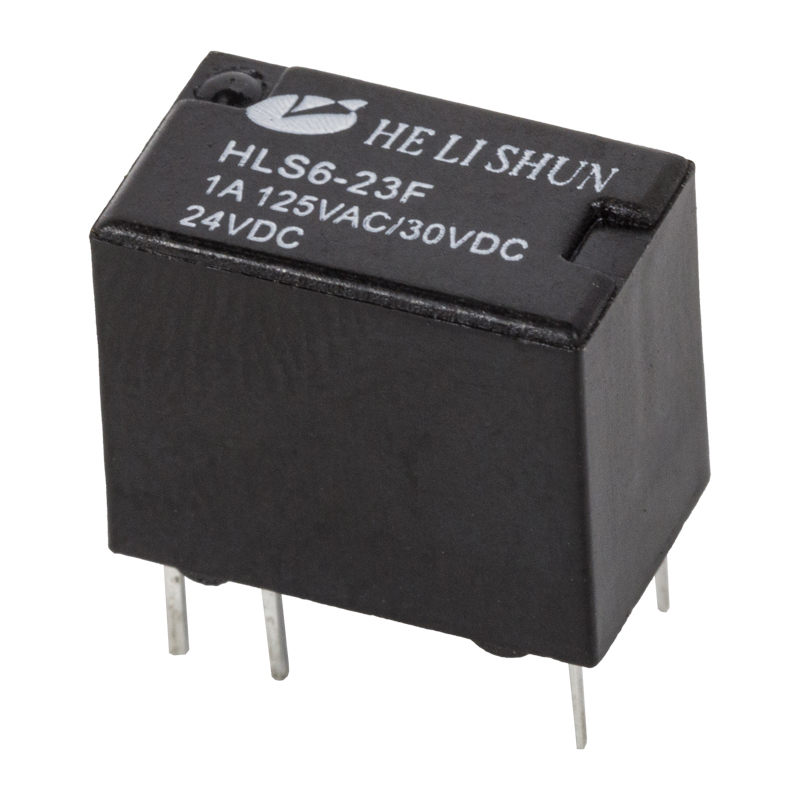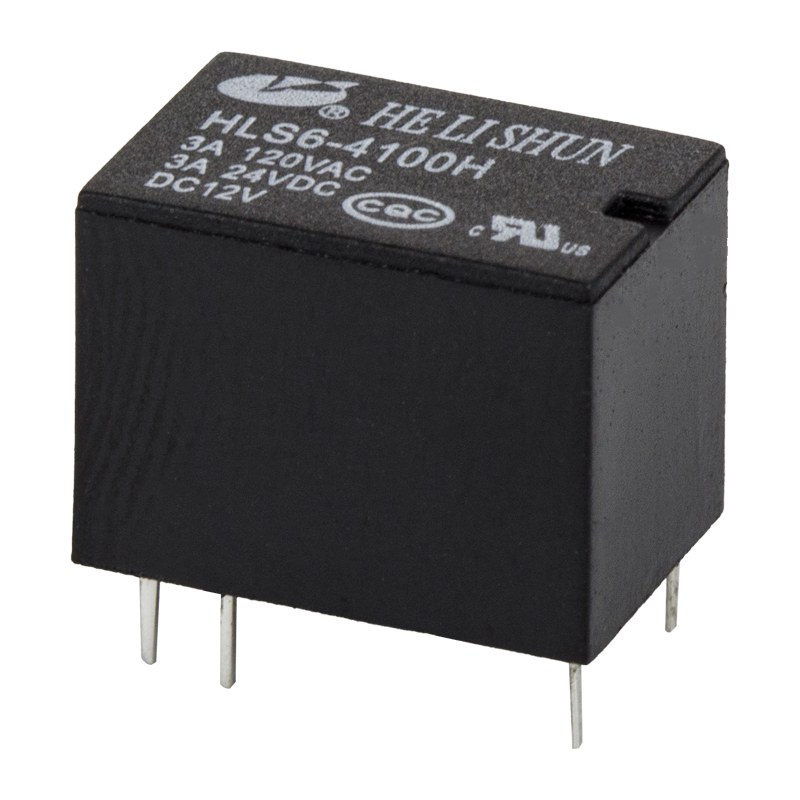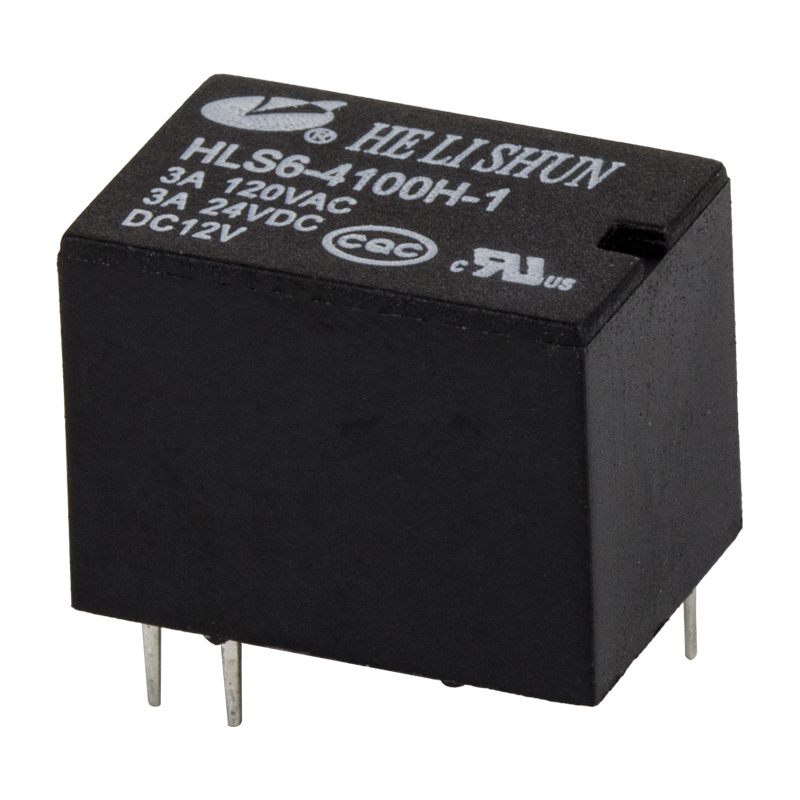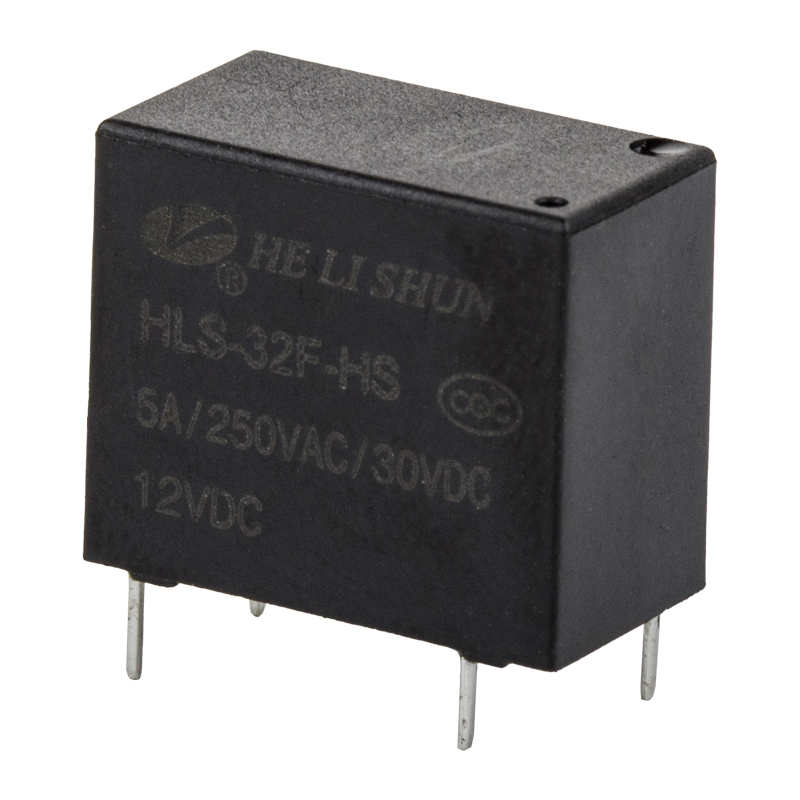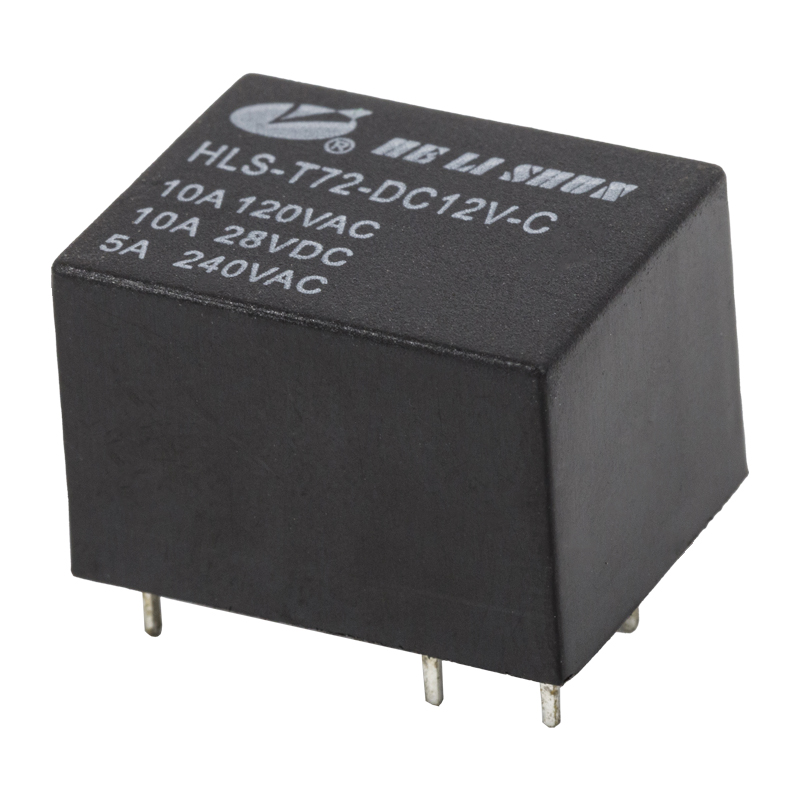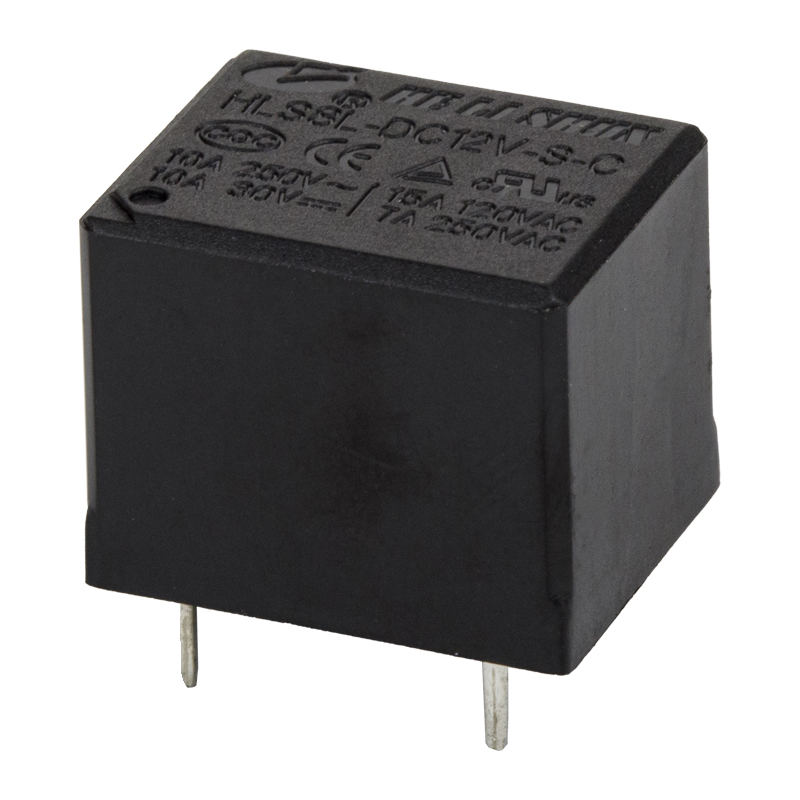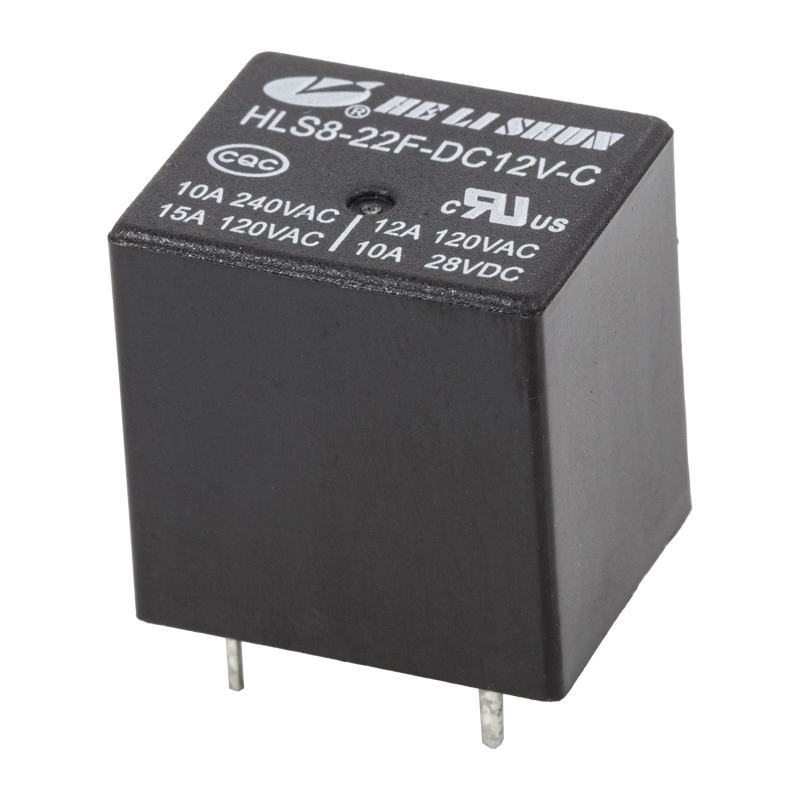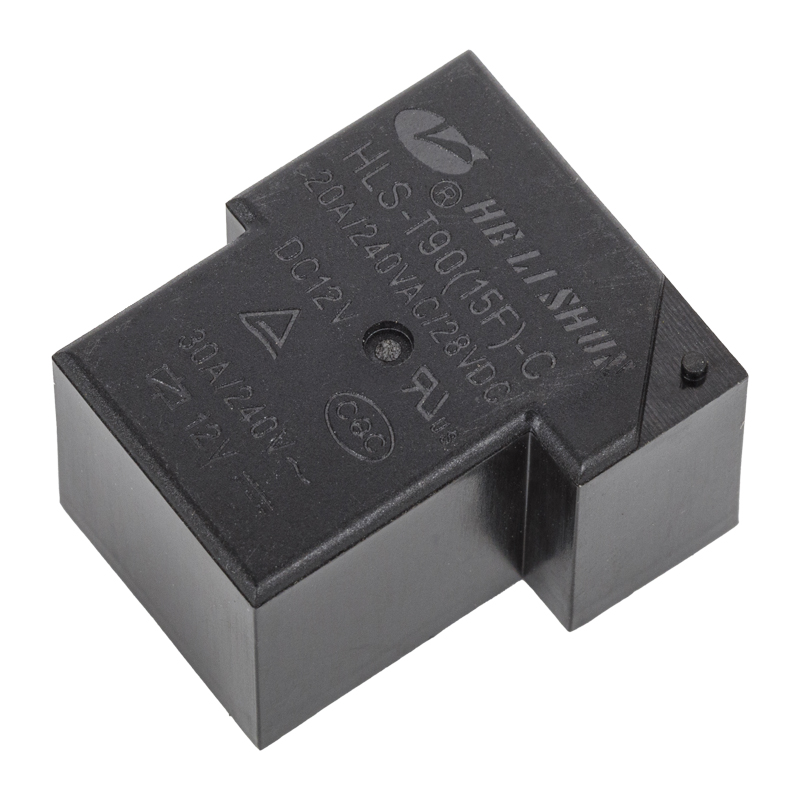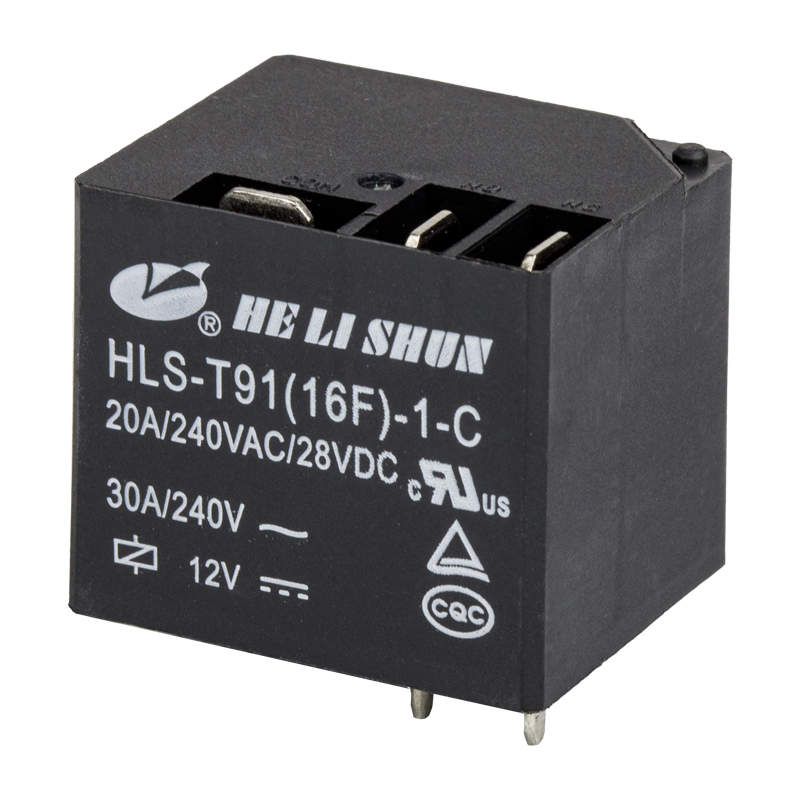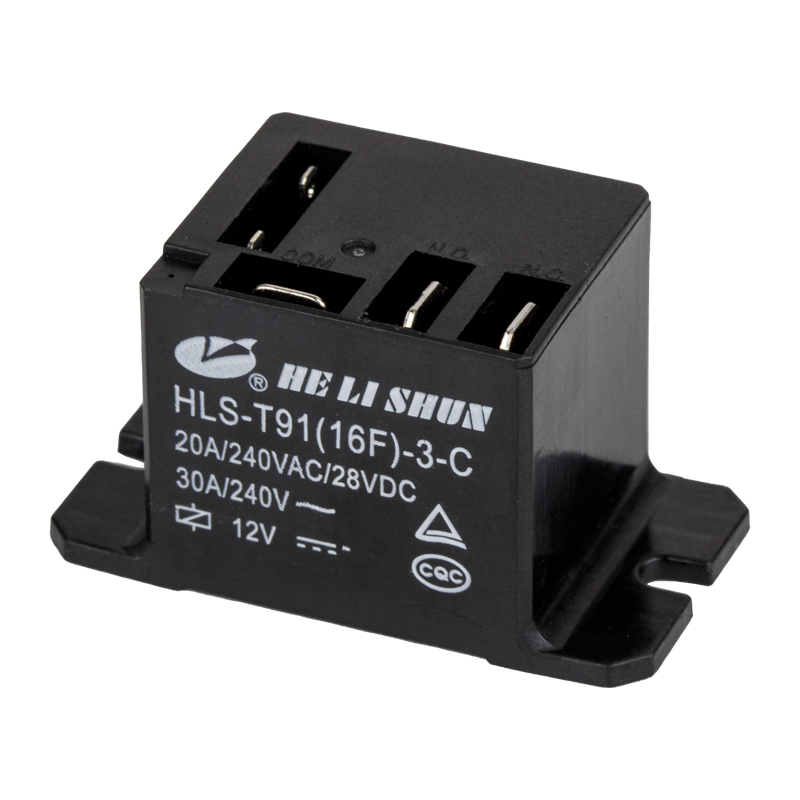Content
Introduction to PCB Power Relays
A PCB power relay is a special electromagnetic switch designed to be mounted directly on a printed circuit board (PCB). Its primary function is to control a larger current using a smaller one, thereby switching and controlling circuits. Unlike traditional electromagnetic relays, PCB power relays typically have pins of a standard size and spacing, allowing them to be soldered directly to the circuit board, simplifying the design and assembly of electronic products.
How a PCB Power Relay Works
The core of a PCB power relay is an electromagnet. When current passes through the coil inside the relay, it generates a magnetic field that attracts a movable armature. The movement of the armature causes the contacts to close or open, thereby switching high-power circuits on and off.
This design enables low-power control circuits (such as microcontrollers or logic circuits) to safely control high-power loads (such as motors, heaters, or lighting). In this way, it isolates and protects the control circuit.
Key Features of PCB Power Relays
- Miniaturization and Integration: Because they can be mounted directly on the PCB, PCB power relays significantly save space and enable more compact circuit board designs. This is crucial for miniaturized and portable electronic devices.
- High Reliability: A sealed or semi-sealed design effectively prevents external environmental factors such as dust and moisture from affecting the relay's internal contacts, thereby extending its service life and reliability.
- Wide Applications: They are widely used in a variety of fields, including home appliances (such as air conditioners and washing machines), industrial automation, automotive electronics, power supply equipment, and lighting control.
- High Load Capacity: Despite their compact size, they can typically withstand high currents and voltages, meeting various power control requirements.
How to Choose the Right PCB Power Relay
Selecting the right PCB power relay requires considering the following factors:
- Contact Current and Voltage Rating: The maximum current and voltage that the relay contacts can safely handle are primary considerations.
- Coil Voltage: Select a relay coil voltage that matches the output voltage of the control circuit.
- Contact Configuration: Relay contacts can be normally open (NO), normally closed (NC), or changeover (SPDT), depending on the application requirements.
- Insulation Performance: Especially in high-voltage applications, ensure sufficient insulation strength between the relay's coil and contacts, as well as between contacts.
- Environmental Factors: Consider the temperature, humidity, and vibration environments in which the relay will operate.
PCB power relays, as essential components in modern electronic products, play a key role in various power control applications due to their efficiency, compactness, and reliability.




 English
English 中文简体
中文简体
